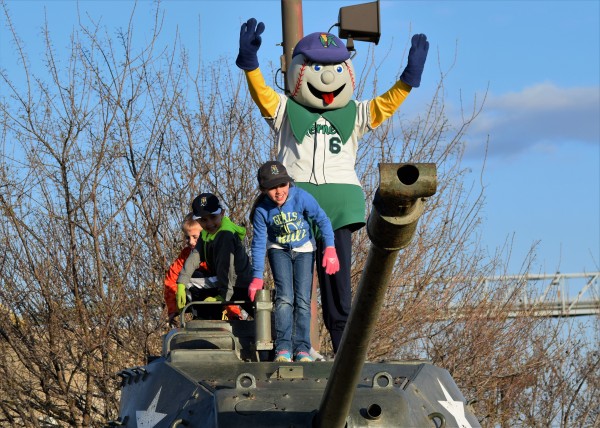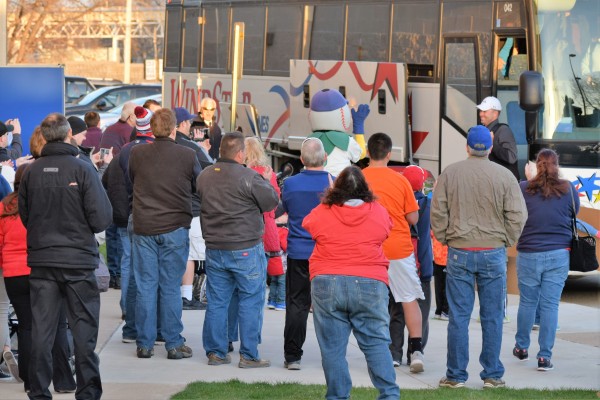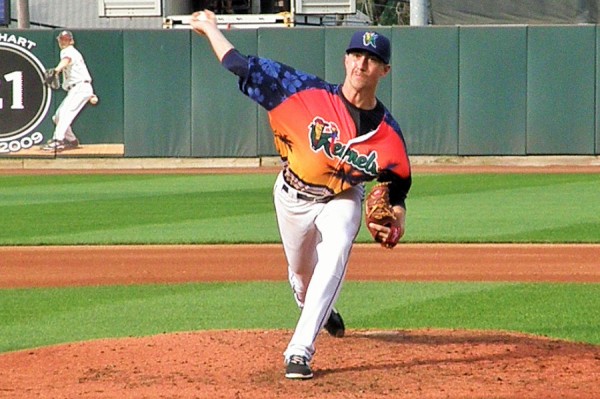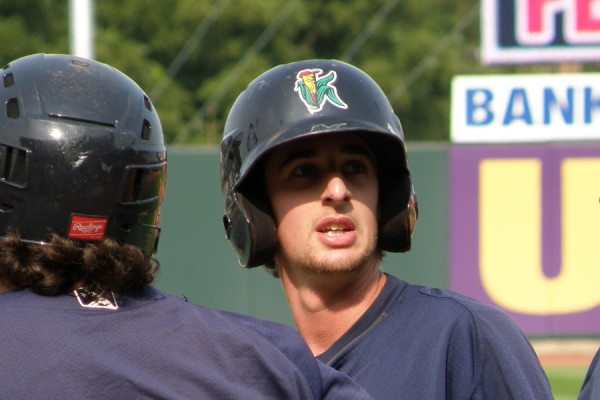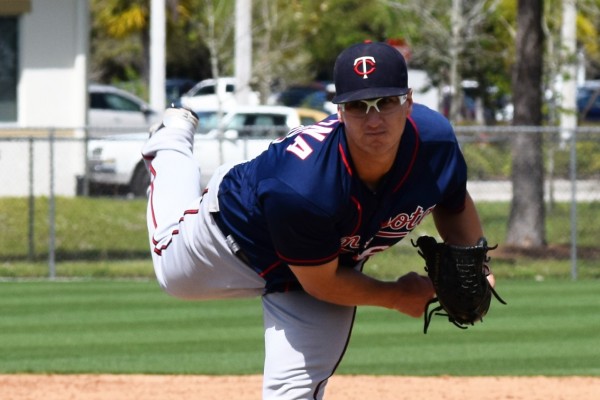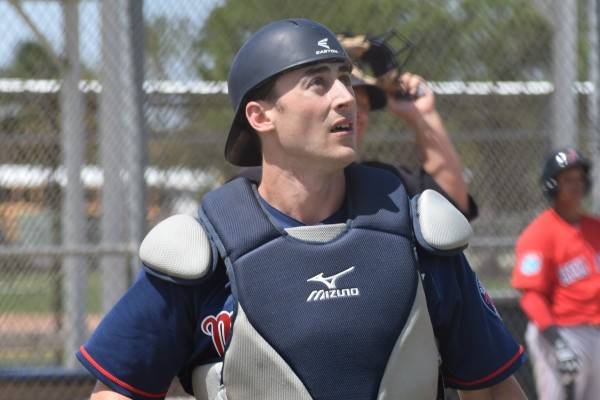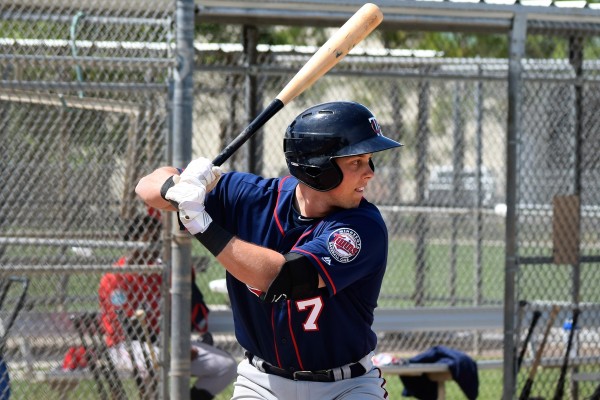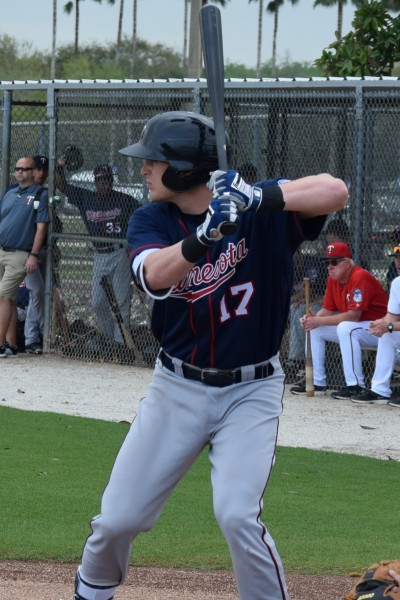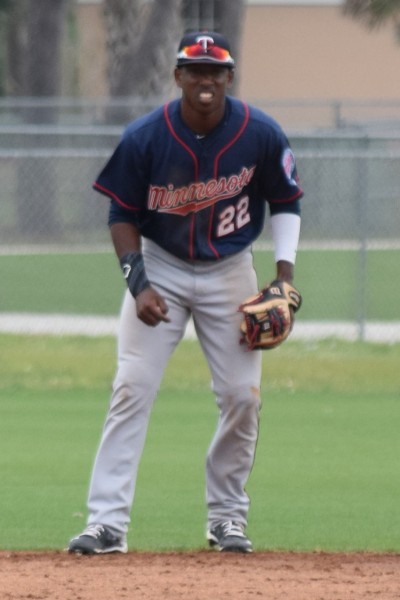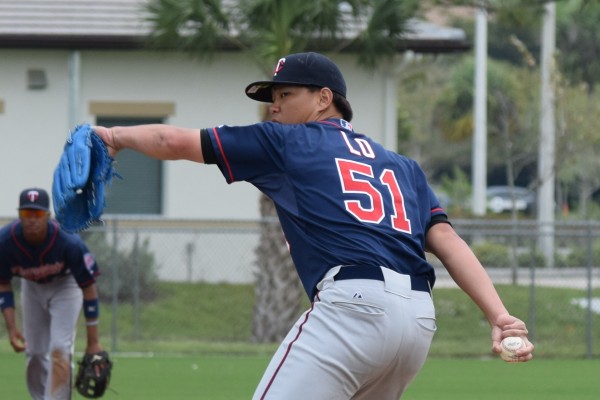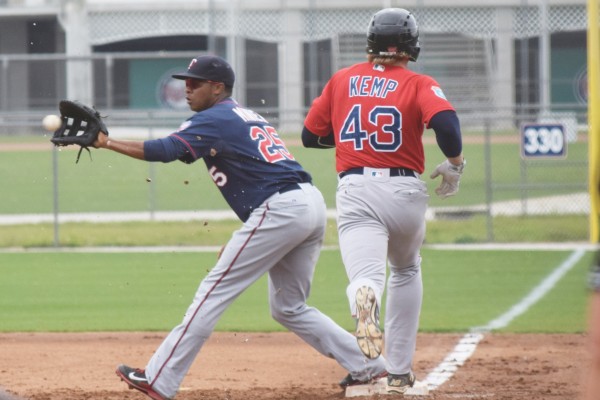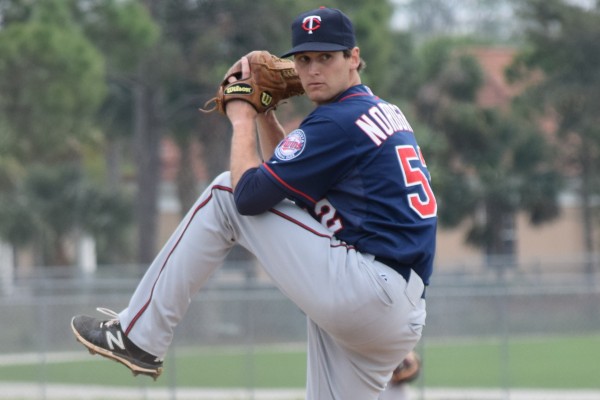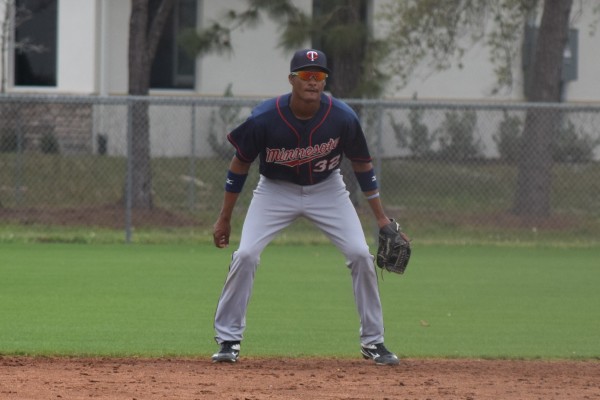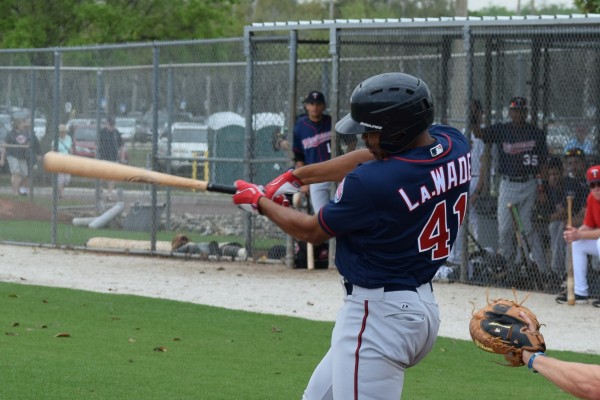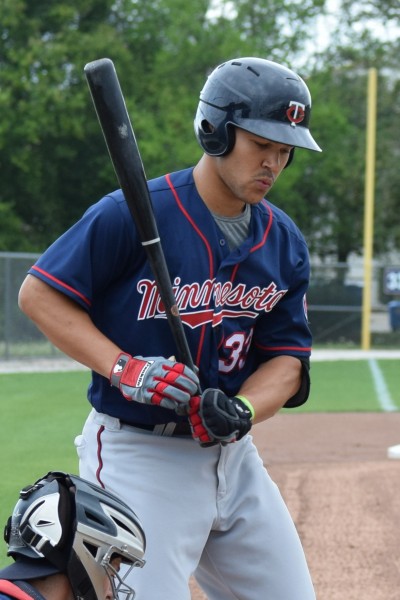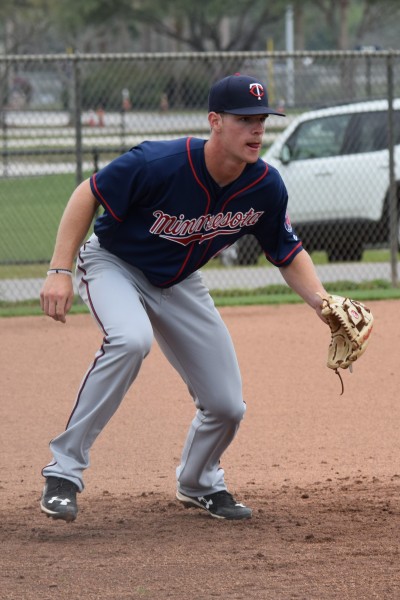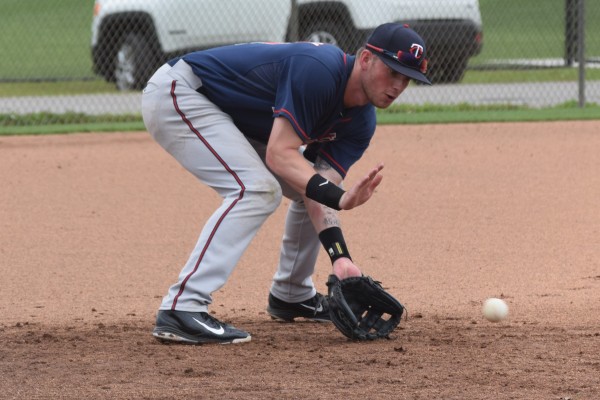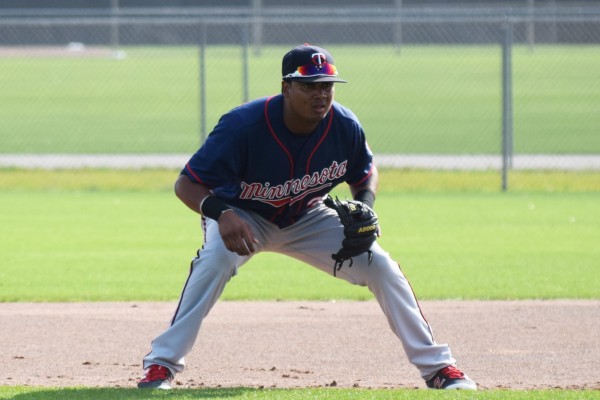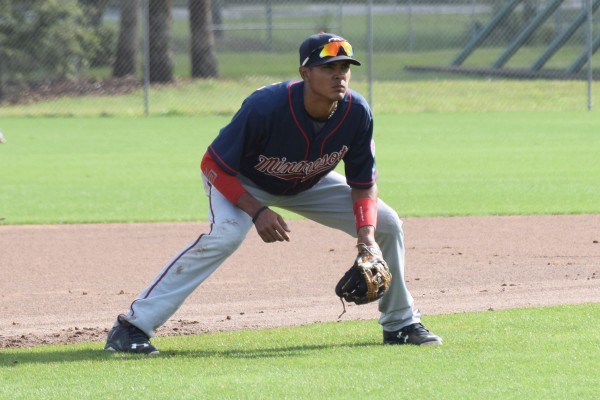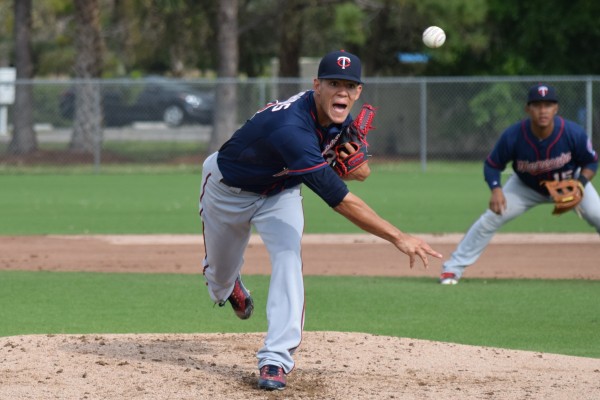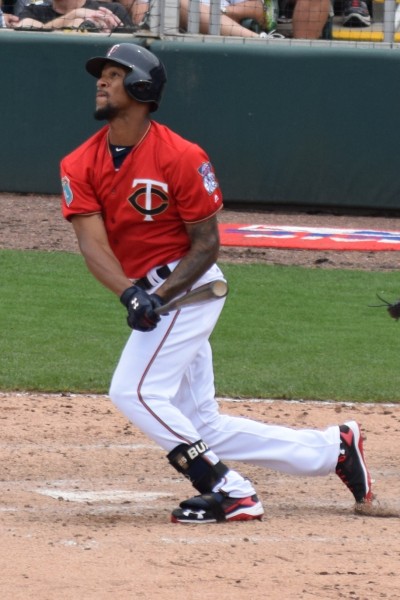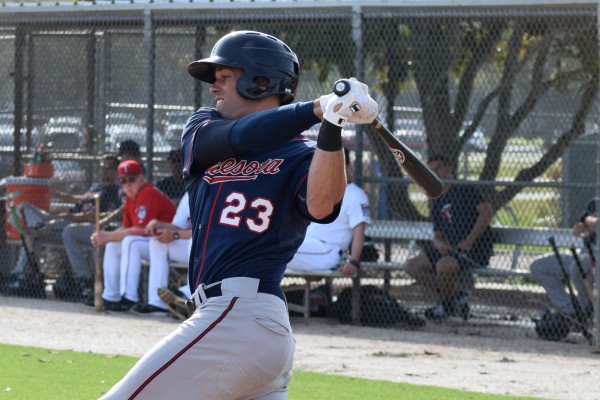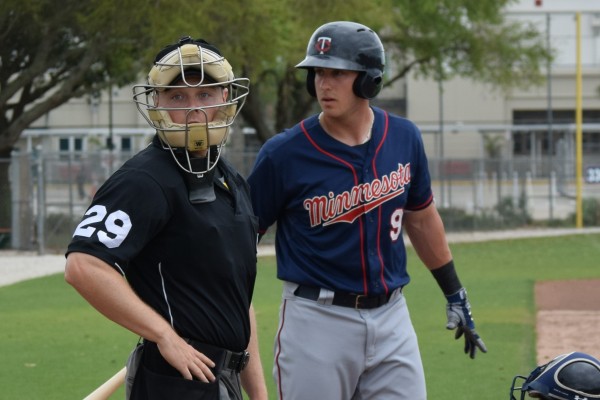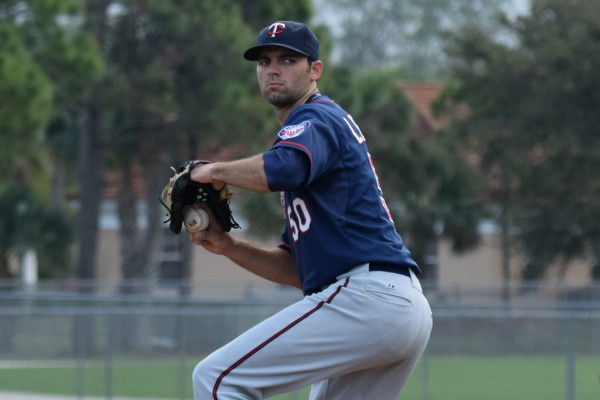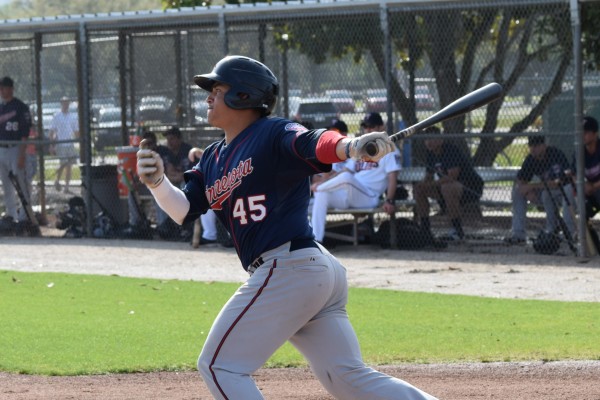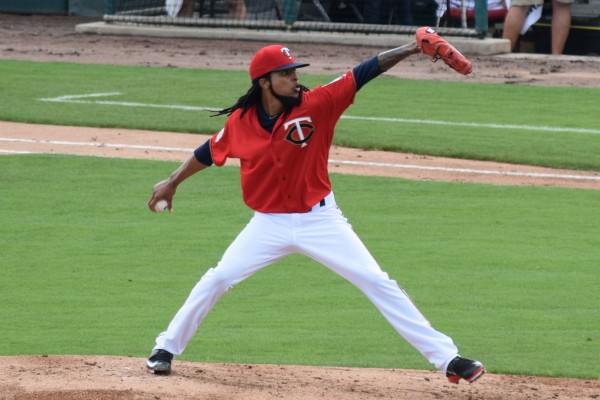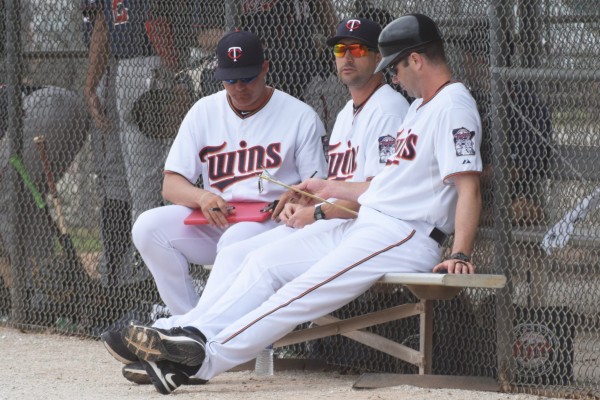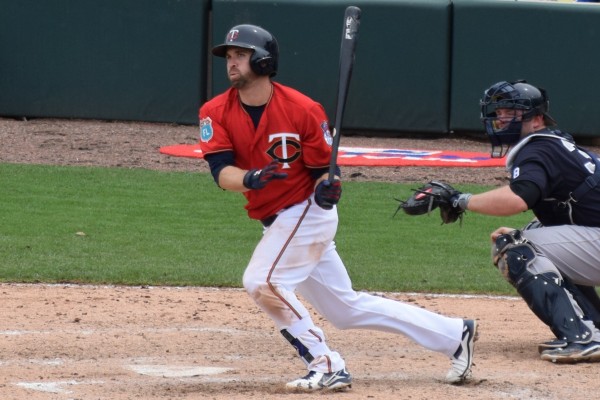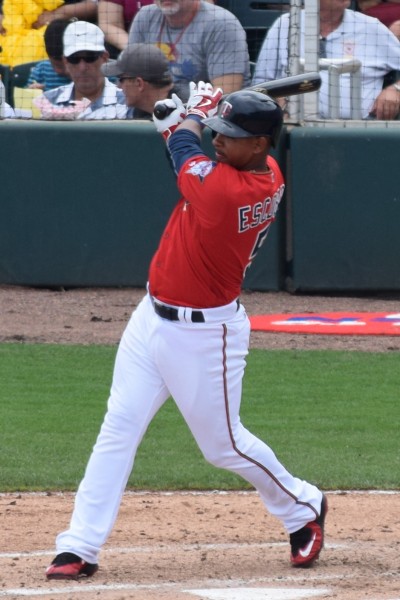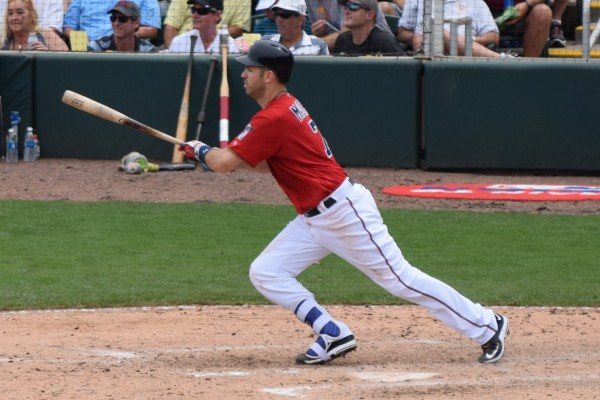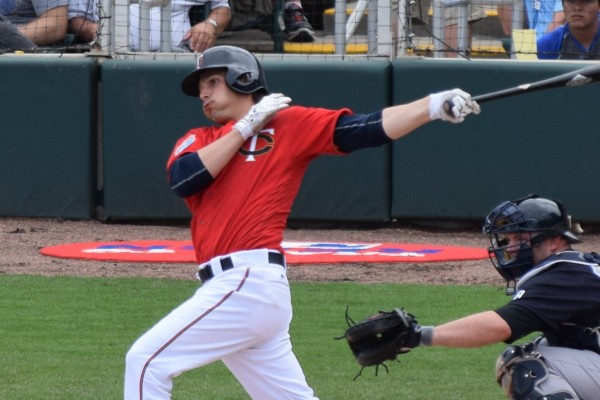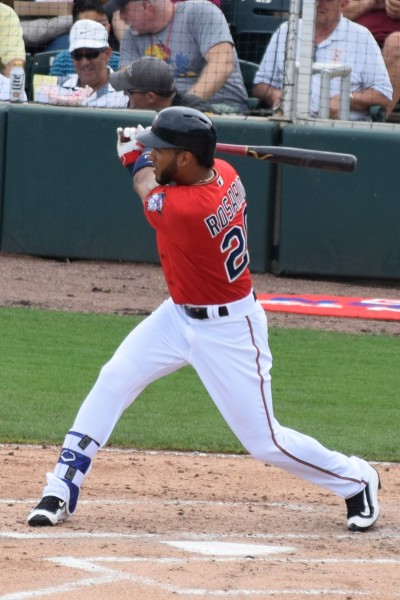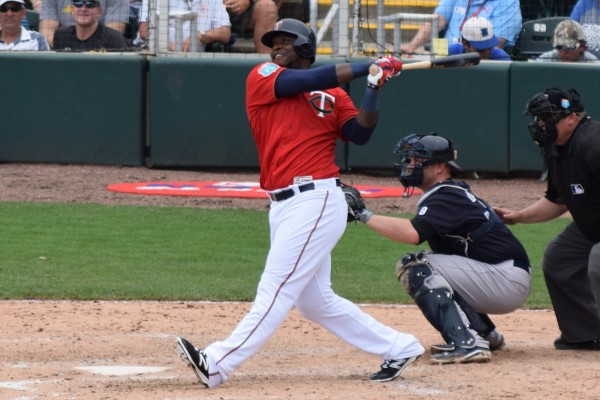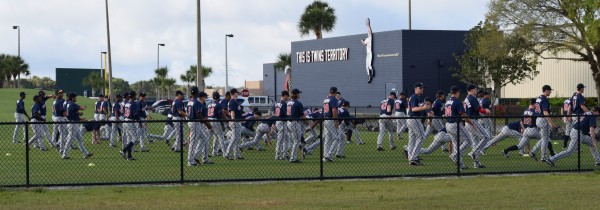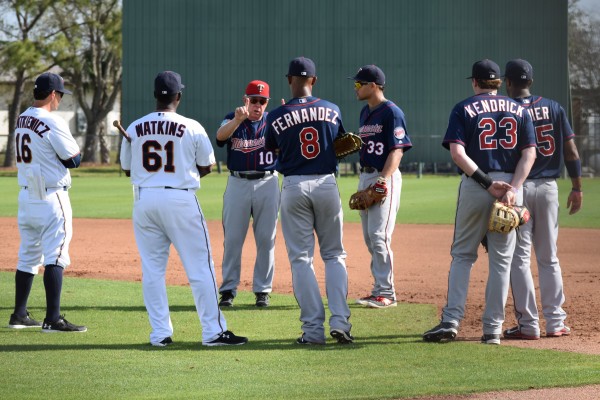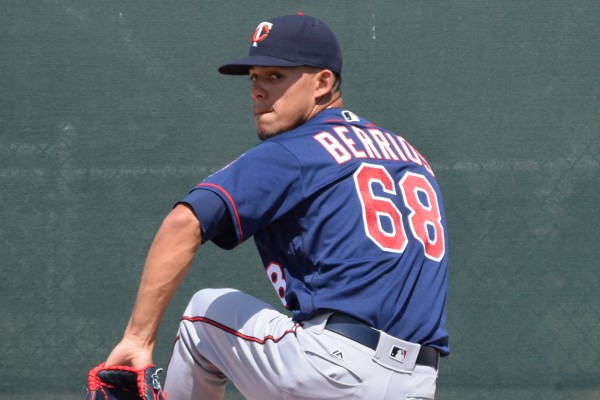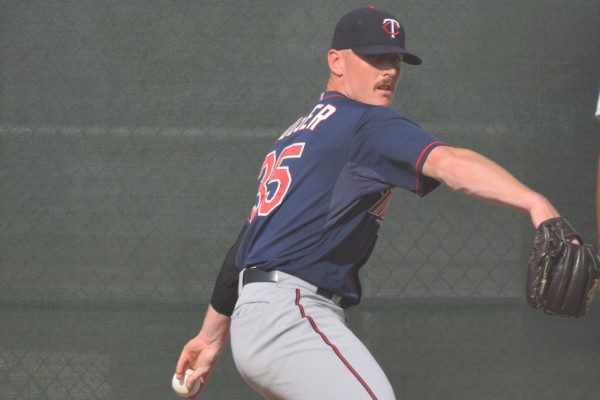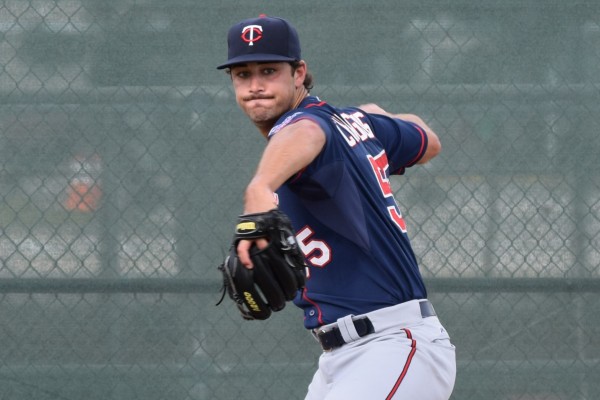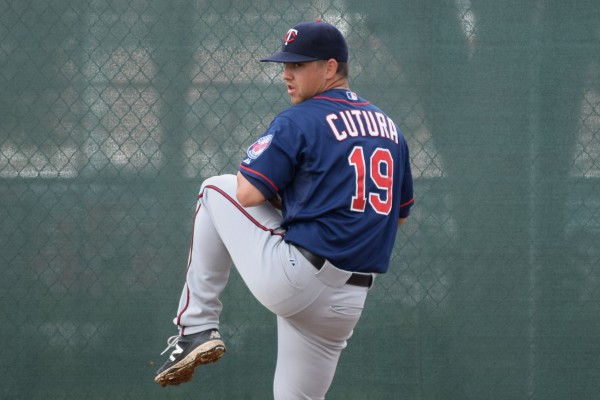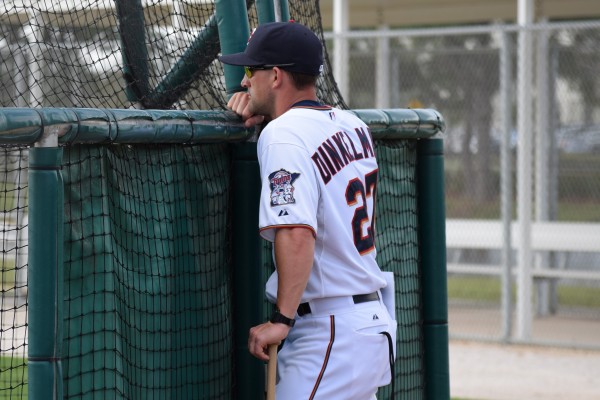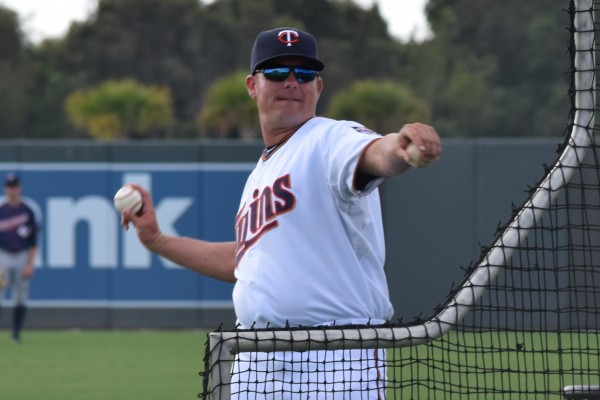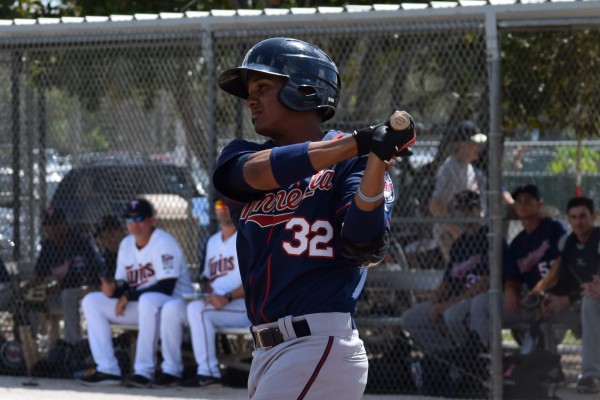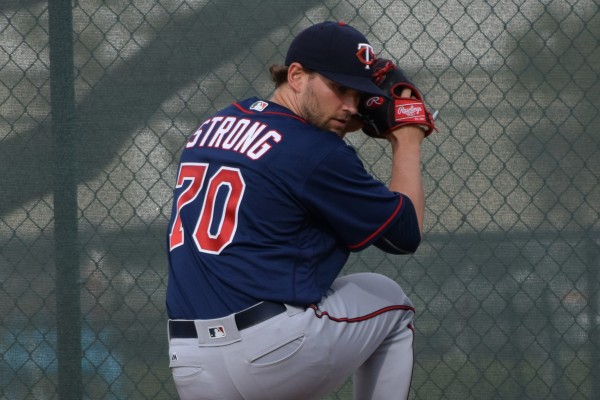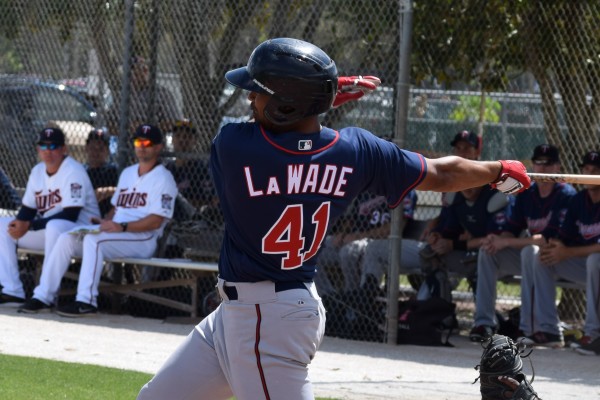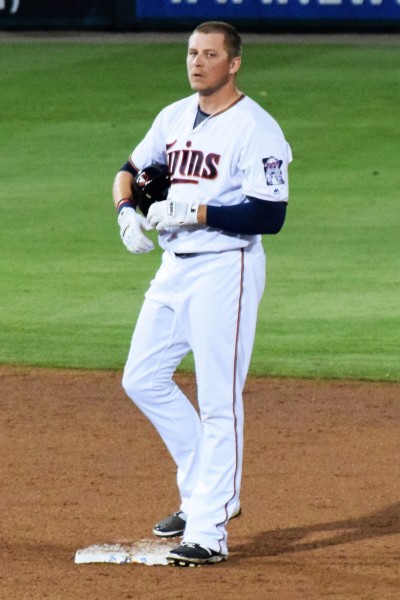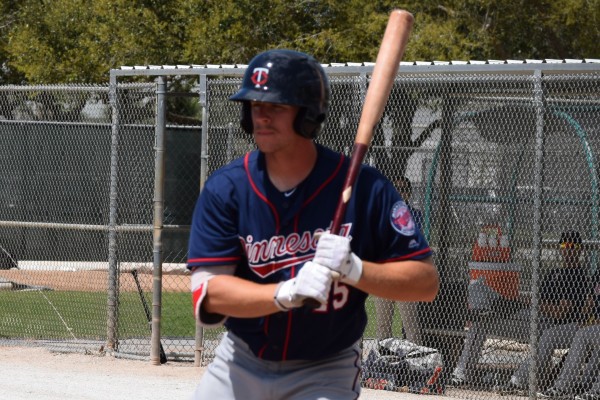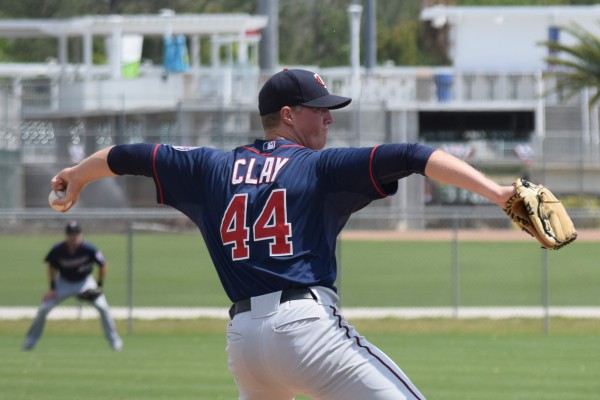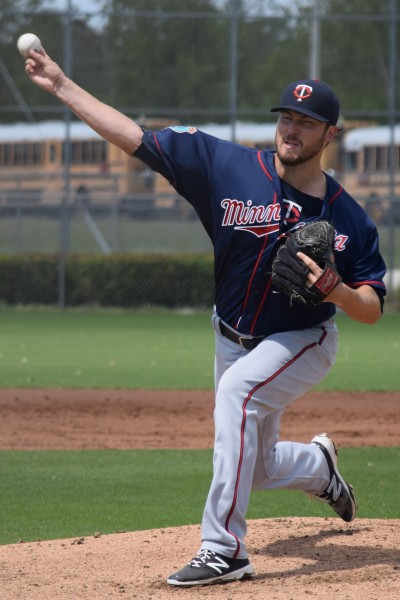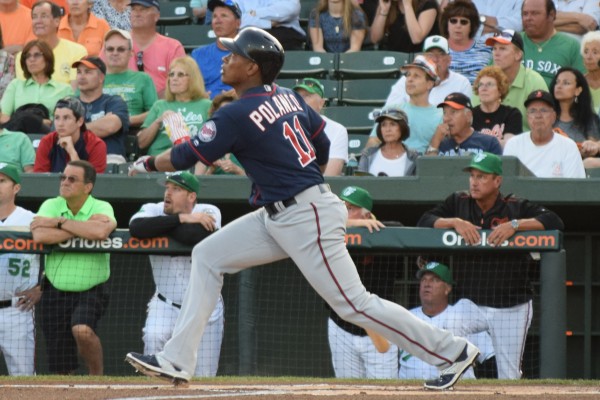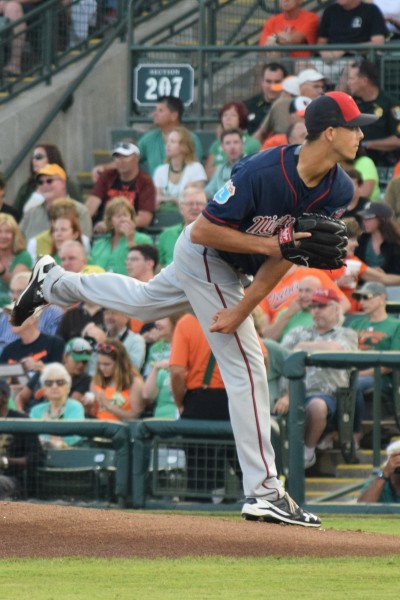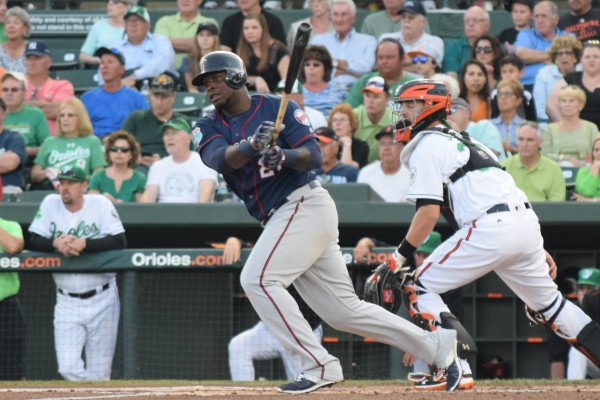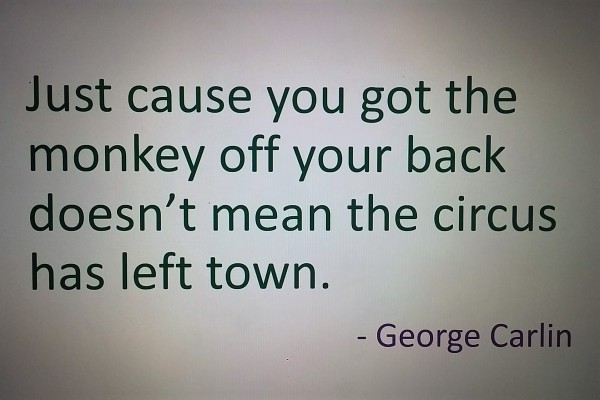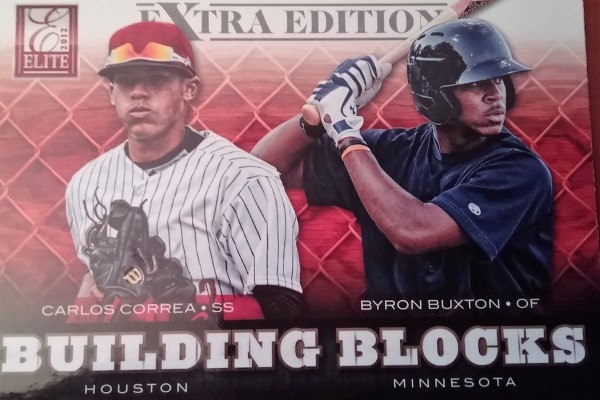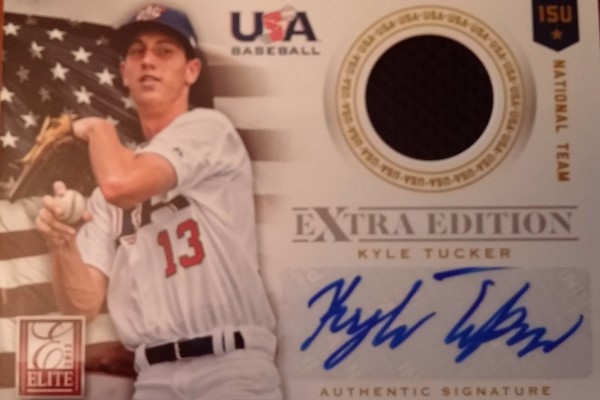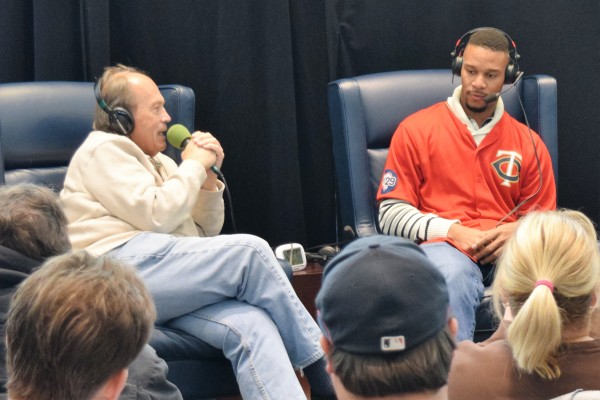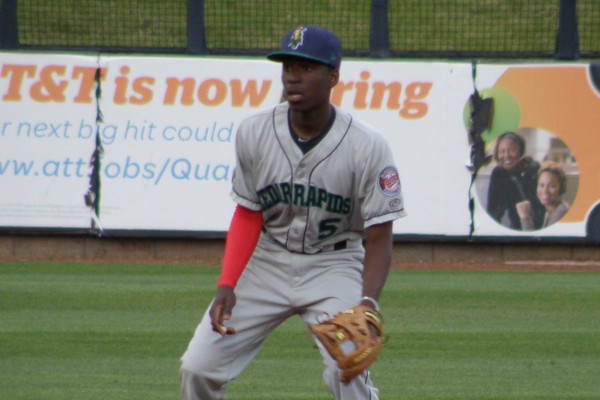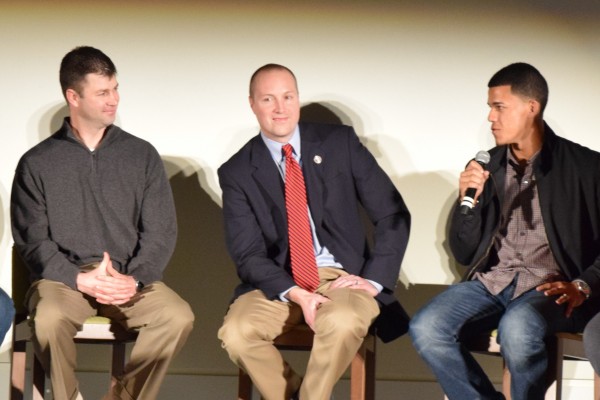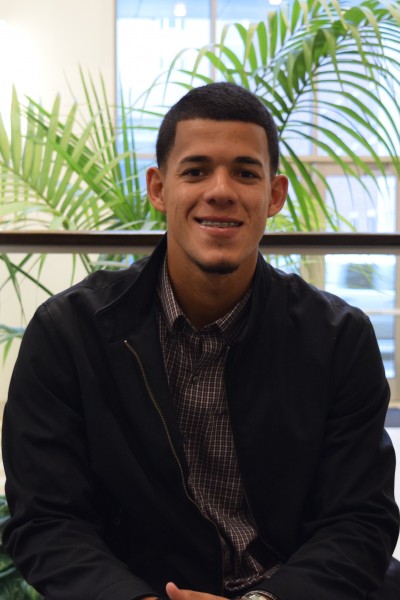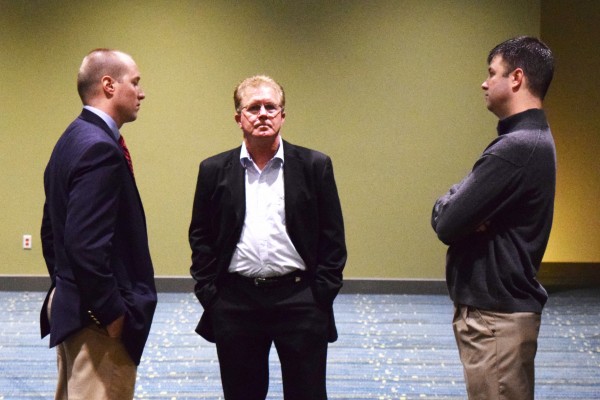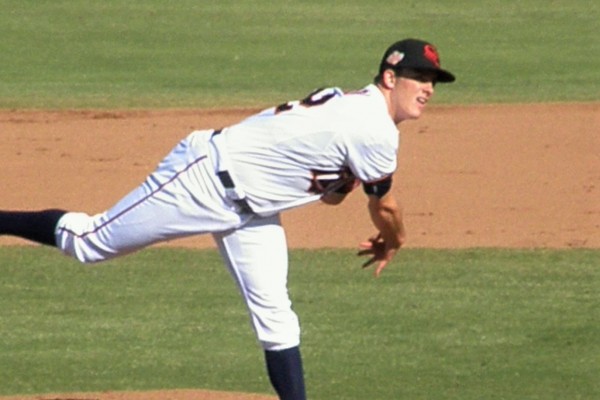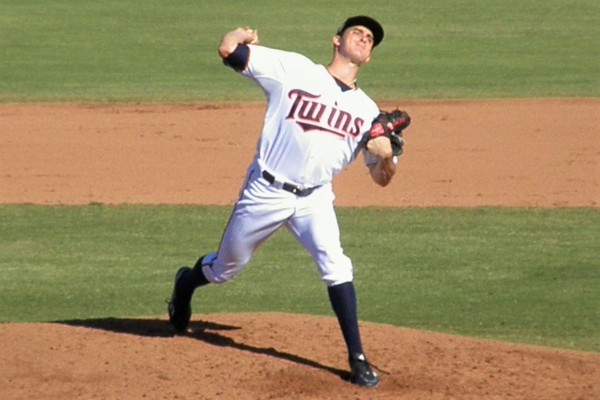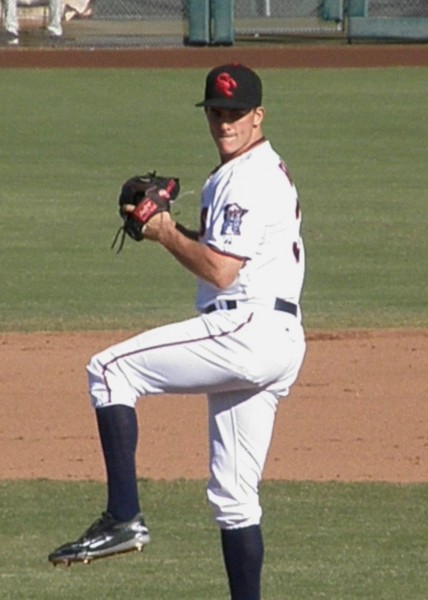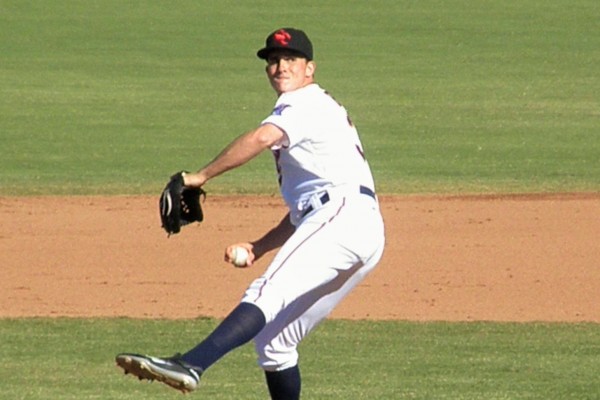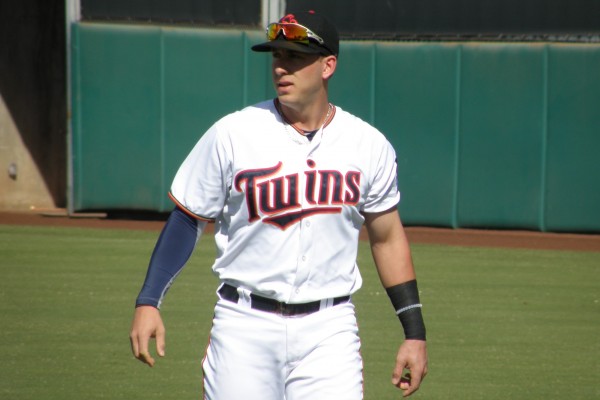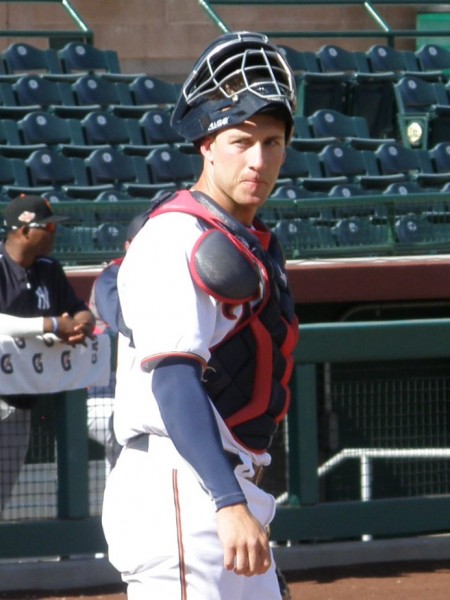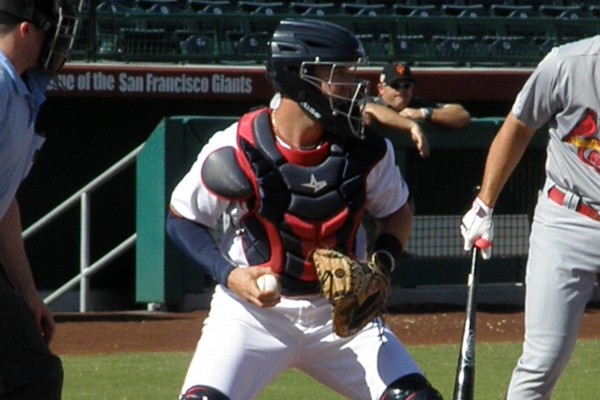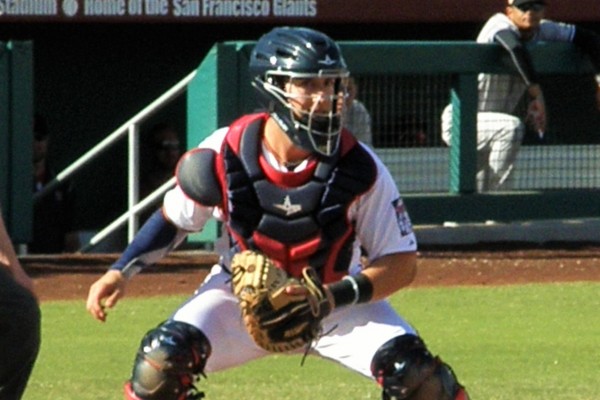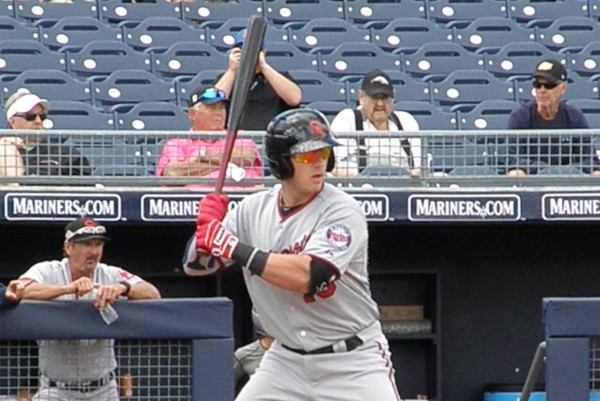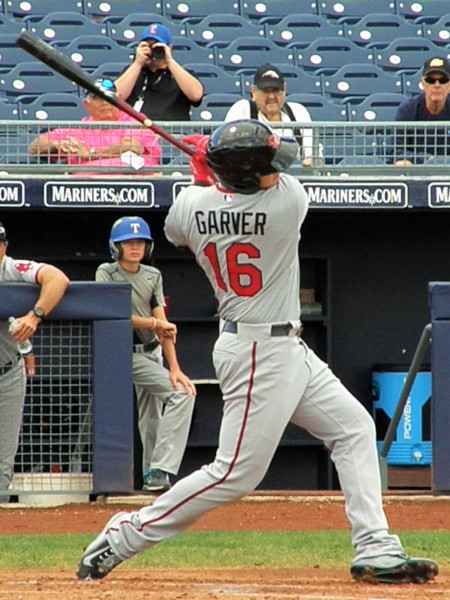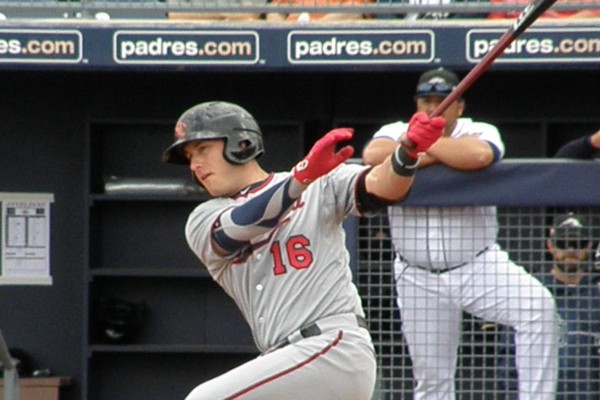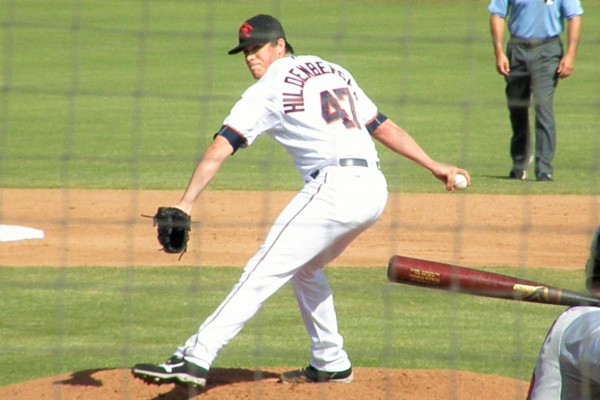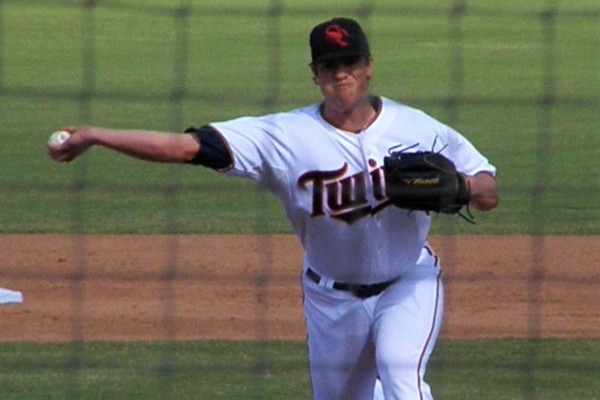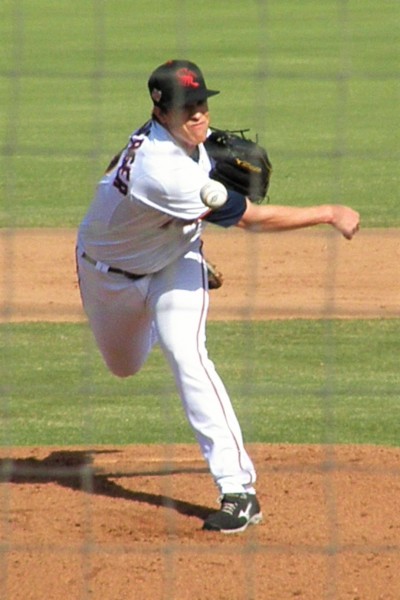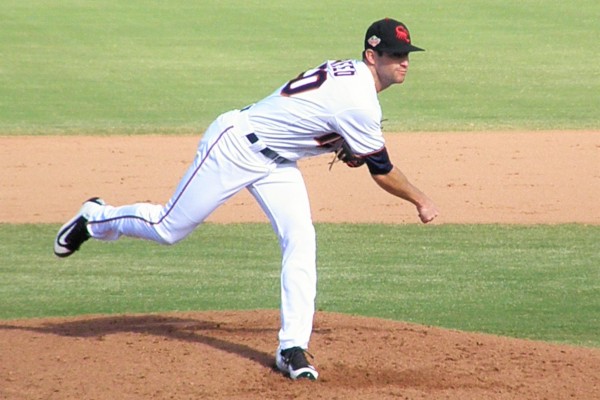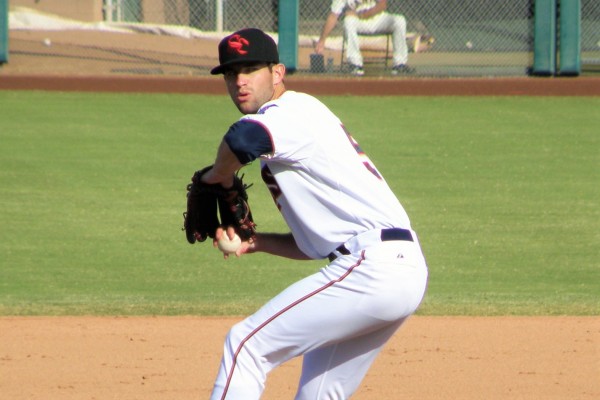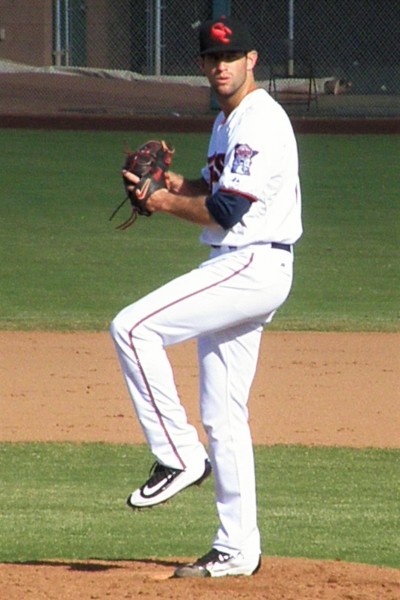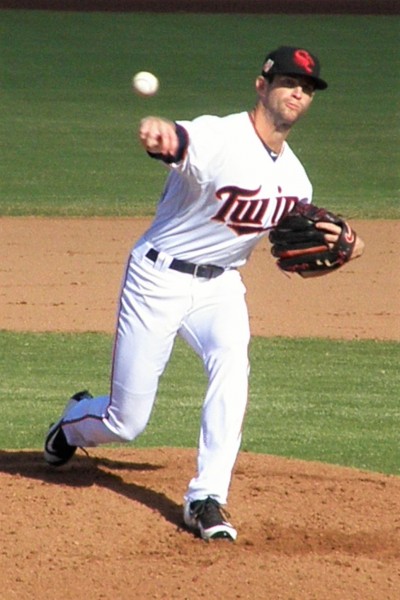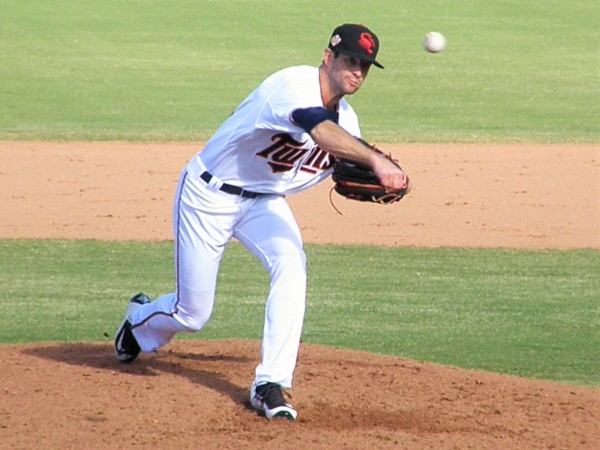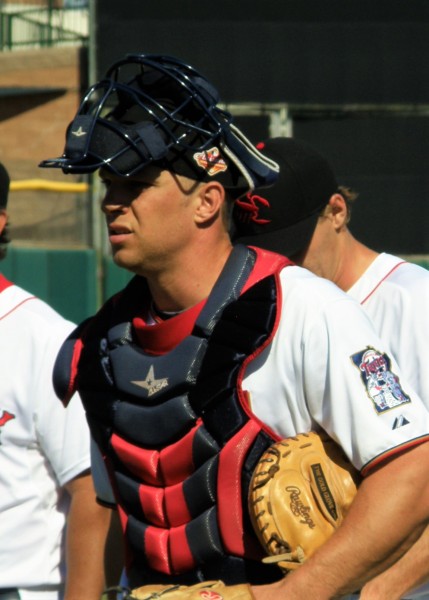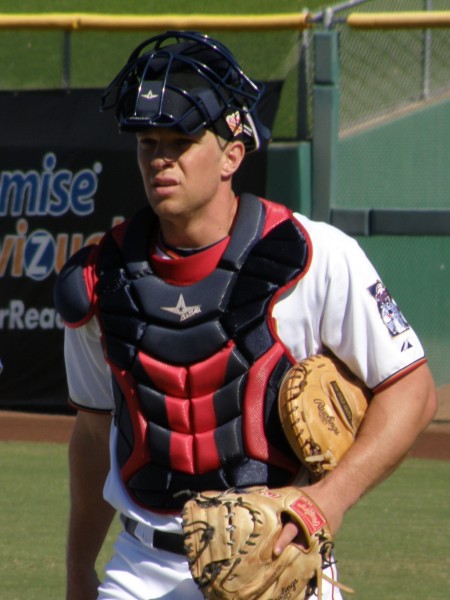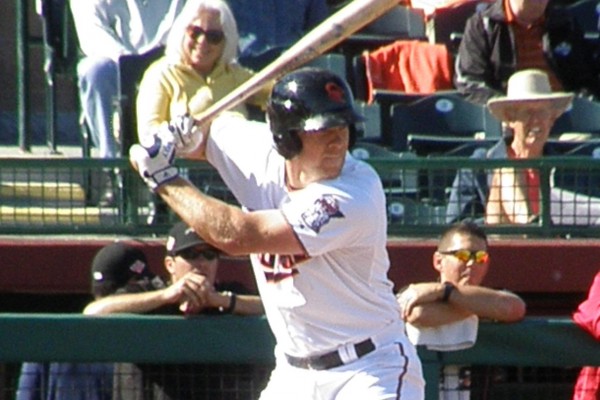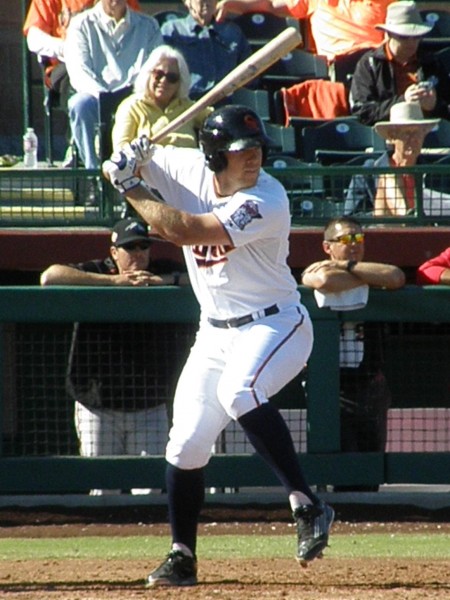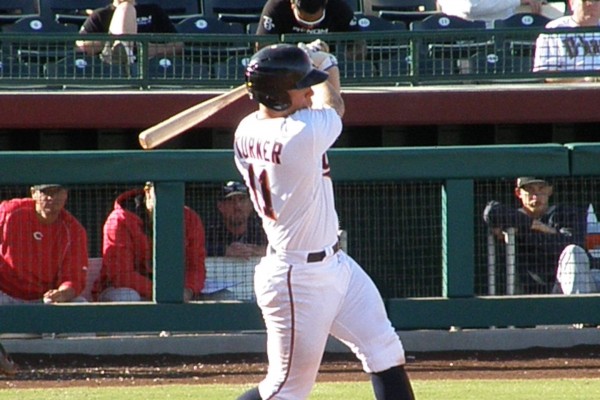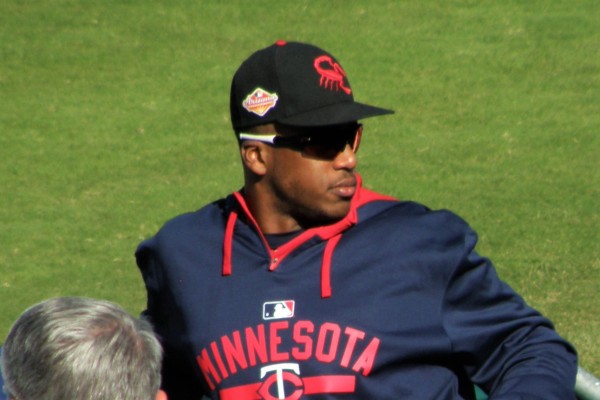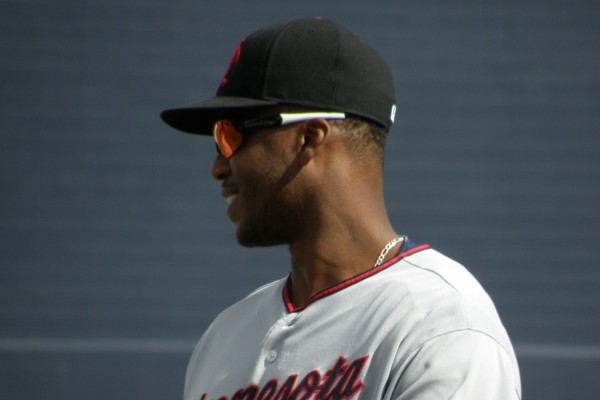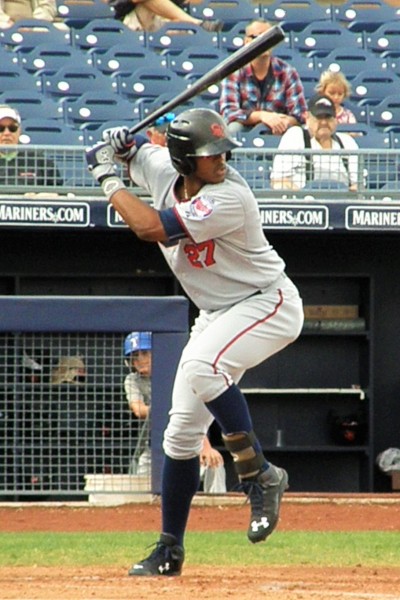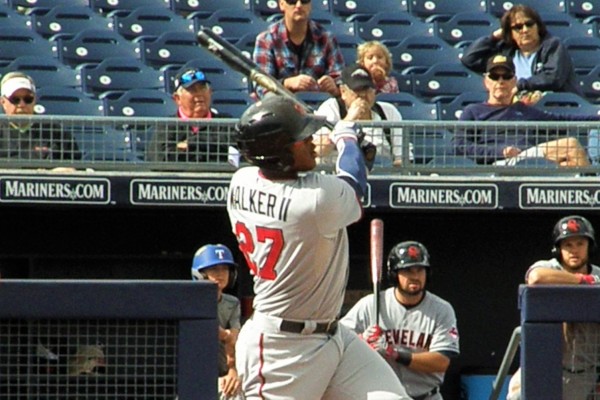Make a list of the top three things you think are wrong with professional baseball today. In fact, make it five things, if you wish.
A year from now, the landscape regarding those issues is likely to be quite different than it is today. Things may be better, from your point of view, or they may be worse.
I take that back. Unless you’re a Major League ballplayer, they’re almost certainly going to be worse.
Major League Baseball and the players’ union (MLBPA) are about to begin hammering out a new Collective Bargaining Agreement (CBA) and the result is likely to have a direct or indirect effect on just about every aspect of professional baseball that any of us care about in the least.
Yes, this is going to be that big.
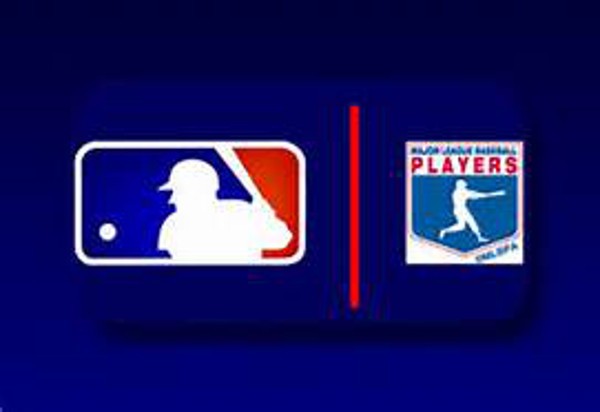 The thing is, we already know which side is going to win. It will be the players. We just don’t know the final score, yet.
The thing is, we already know which side is going to win. It will be the players. We just don’t know the final score, yet.
There will also be more than one loser. It won’t be just the owners, though they will certainly be losers, some of them much more than others (that would be you, Minnesota Twins).
Owners/operators of some minor league teams are also possible losers (some of them potentially big losers).
Minor league players will be losers (as they always are in these CBAs).
Amateur ballplayers, in the United States and elsewhere, will be losers.
On the other hand, I’ve looked into my crystal ball and the future looks very, very bright – if you’re Mike Trout. In fact, the future also looks pretty good if you’re swimming anywhere in the top half of the MLB player talent pool.
For the rest of us, though, it could be a very bumpy ride.
In the early 2000s, estimates placed the percentage of MLB revenues paid out in Major League salaries at about 55%. Current estimates have been reported at something close to 43%. The players are clearly going to want to see those numbers project closer to 50% in the new CBA and they have enough leverage this time to get what they want.
You always want to be cautious about speaking ill of the dead, but the former head of the players union, Michael Weiner, who passed away in 2013, arguably gave away the farm to Bud Selig and the owners in his first, and only, CBA negotiation back in 2011.
In his defense, he wasn’t exactly dealt a strong hand going into those negotiations. Players’ reputations were continuing to be tarnished by the image among fans that they had all built their careers on Performance Enhancing Drugs, making it certain that any work stoppage resulting from a failed CBA negotiation would be blamed on the players. Regardless of the reasons, though, the final result was a contract in which the owners got most everything they wanted.
Current MLBPA Executive Director Tony Clark, the first former player to lead the union, should carry a much stronger bargaining position into this round of negotiations.
As a group, baseball’s owners are making money by the boatload, thanks to incredible increases in local television revenues in many markets. That’s a double-edged sword, however, when it comes to negotiating a new CBA.
It makes it impossible for baseball to contend that they can’t afford to give a bigger share of the financial pie to the players, yet those revenues are anything but evenly distributed. As a result, increasing salaries across the board would adversely affect the competitiveness of teams who have not been able to cash in on the local TV bonanza (see: Twins, Minnesota).
On top of that, the owners with those huge TV deals stand to lose a lot of money in the event of a strike or lockout that results in games not being played, as do owners who rely on revenue sharing from those teams. Wide public awareness of the enormous revenues also makes it likely that ownership will be viewed by fans as being primarily at fault for any such work stoppage, should it occur.
The result is a players’ union with a very strong negotiating position and plenty of motivation to take advantage of it.
Here’s how the union could attempt to go about increasing the share of revenues that go to players’ salaries:
Significantly increase the minimum salary for Major League players
The minimum player’s salary was $507,500 in 2015. That may not immediately increase to $1 million in 2017, but it won’t be surprising if it’s closer to that number than where it currently sits.
This is important to the union because significantly increasing the minimum would potentially result in fewer players signing early team-friendly extensions that buy out arbitration years and, in some cases, free agency years. These extensions are viewed by the union as a drag on average player salaries.
Elimination of the Qualifying Offer/draft pick compensation system for teams that stand to lose free agents
Despite changes that have been made to lessen the market-dampening effect for many free agents, the players still hate this system. It’s seen as being particularly hard on the union’s “upper-middle class” of players – those who aren’t in the elite category, but for whom having to settle for merely $15 million or so on a one year contract is “unfair.”
Significantly reducing the number of years a player is “under team control”
This refers to the total number of years that a club can restrict a player’s ability to shop his services to the highest bidder on the free agent market. It consists of a three-year (usually) period of essential “serfdom,” during which the player has no alternative but to accept whatever salary (subject to the Major League minimum) the team offers and another three-year period of years during which the team must decide whether to offer the player binding arbitration or grant him unconditional release.
The result is a total of six years (in most cases) of team control before a player can become a free agent, meaning that currently a player who makes his MLB debut on or after turning 24 years old will be at least 30 by the time he’s eligible to file for free agency if his team exercises every year of control they have over the player.
In combination with the increased minimum salary, reducing the number of years of team control could make it far more likely that players would forego the additional security of an early team-friendly contract extension, in favor of playing out their arbitration years to reach free agency as soon as possible. It could also make it much more likely that young superstars hit free agency right at their peak, in terms of productivity, rather than somewhere at the beginning of the downside of that curve.
More time off for players
The MLB schedule is a gauntlet. Between the day games after night games and, perhaps worse, the night games followed by cross-country overnight travel to begin another series the next day, the 162-game schedule is more than merely grueling and players want more than the three or so days off each month they currently get. The problem is that, with the extra postseason games resulting from the Wild Card era, the season already is starting and finishing during time periods where no sane person should be trying to play meaningful baseball in many northern big league cities.
One idea often floated to address this problem is to cut the schedule back to the 154 game levels that existed before the leagues expanded from eight to ten teams in the early 1960s. This would result in each team losing four home dates, however, and that would cut into revenues, not only with regard to attendance, but also in programming for those local TV partners that are shelling out big bucks to show the games.
Another possibility would be to expand active rosters. If you have 27 players, for example, instead of 25, it would be easier to give everyone an extra day off occasionally. It probably sounds better in theory than it would work in practice, however. Still, it would increase union membership by 8%, so don’t be shocked if the union pushes the idea pretty hard. In a worst case scenario, it gives them something they can “give up” when it comes time to finding a way to allow the owners to save some face.
Each of these would have the net effect of increasing the share of MLB revenues that go into the pockets of the players, collectively. Since the owners really cannot afford a work stoppage, if the MLBPA is willing to play hardball, we shouldn’t bet money against the players’ chances of getting some version of these changes. All of them.
What the owners will get
Of course, the owners won’t just cave on those issues while getting nothing in return – and that’s where things can turn bad for the rest of us.
The owners might get more drug testing. After all, the union has gone down this path already, so what’s the big deal about going a bit further? On the other hand, this “give” doesn’t put even a dime in the pockets of the owners, so they aren’t likely to push too hard for it.
The owners want an international draft, to further dampen costs of acquiring new talent. Since giving in on this issue costs the union membership absolutely nothing, they may posture about how unfair it is, but they will capitulate to the owners.
If the owners want further restrictions on bonuses paid to players subject to the draft, both foreign and domestic, the union can give on that issue, too. Again, it doesn’t cost their membership anything, so why not?
Of course, at a time when fewer parents are allowing their sons to play football, giving MLB an ideal opportunity to come up with ways to attract kids back to baseball, this is exactly the time when MLB should be adopting a system that encourages the best athletes in this country and around the world to choose baseball as a potential career over other sports, not discourage it.
But that might cost money and owners, by the time this subject gets addressed at the negotiating table, are probably going to be ticked off about the extra money they’re having to shell out to players already in the big leagues, so we shouldn’t expect logic to win the day.
Indirect side effects on the rest of us
Unfortunately, none of the ownership “wins” are going to even come close to making up for the money the owners are going to lose to their players in this deal, so they’re going to end up looking elsewhere to recoup some of those bucks.
This is where minor league players, teams and fans should start feeling nervous.
Minor league players, you can forget about seeing your pay go up to anything close to a living wage. Consider yourselves lucky if they don’t lower your base pay. After all, neither the union nor the owners are looking out for your interests in this negotiation.
You might find yourself with less competition for that low paying minor league roster spot you’ve got, though.
The number of minor league teams with MLB affiliations hasn’t changed significantly in decades. The current working agreement between MLB and MiLB assures owners of current affiliated minor league teams of having a MLB affiliation every year, but that agreement expires after 2020. Renegotiation of that agreement is just one of many things that is waiting for the completion of the new CBA.
If owners decide they have been terribly abused under the new CBA, it shouldn’t be too surprising to see them propose elimination of some affiliated minor leagues.
That would mean fewer communities with affiliated minor league teams, fewer jobs for minor league staff, fewer spots for minor league players and fewer games for minor league fans to attend.
Is this a Doomsday scenario that can’t possibly happen? Maybe. But neither MLB nor the players’ union has ever been shy about screwing over minor leaguers in CBA negotiations. After all, minor league teams and players are not represented in those negotiating sessions, making it easy for both sides to sacrifice minor league interests if it means getting something of even moderate value in return. It’s not unlikely that minor league baseball could look a little bit different in 2021 than it does today if Major League owners determine it’s in their best financial interests to impose significant changes.
A year from now, we’ll likely know a lot more about the changes coming for professional baseball going forward. Unless you happen to be a big league ballplayer today, you have a right to feel very uneasy about those changes.
-JC
